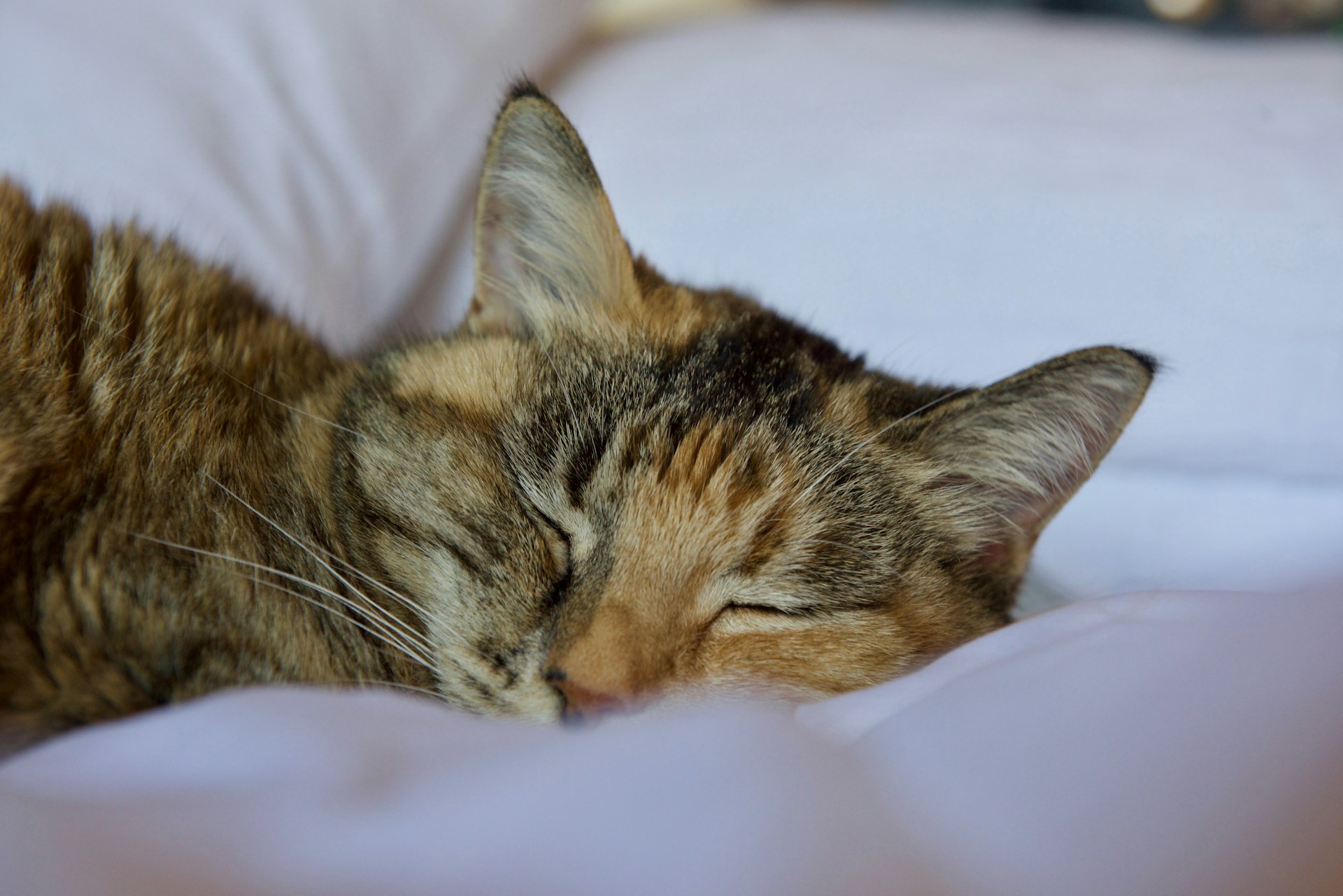Lifestyle
The Truth About Napping: How Your Daily Snooze Affects Longevity

If you find yourself regularly dozing off for extended periods during the day, it might be worth reconsidering your nighttime sleep habits. According to the Sleep Foundation, the optimal nap duration is between 20 and 30 minutes. This brief rest period should leave you feeling revitalized without slipping into a deep sleep. Research suggests that adults who nap for longer than 30 minutes could be putting their health at risk.
A recent study published in a scientific journal has linked certain napping habits with an increased risk of mortality among middle-aged to older adults. The research involved 86,565 participants aged between 43 and 79, none of whom had a history of shift work, indicating they worked traditional daytime hours.
To track sleep patterns, researchers used actigraphic wrist watches to monitor when participants were asleep or awake. Napping was defined as sleep occurring between 9 a.m. and 7 p.m., and the study spanned a seven-day period. The researchers also considered variables such as demographics, body mass index, smoking, alcohol consumption, and nighttime sleep duration.
Mortality data was obtained from national registries, revealing that 6% of participants died over an 11-year follow-up period, totaling 5,189 individuals. In a news release, lead author Chenlu Gao, a postdoctoral research fellow at Massachusetts General Hospital in Boston, expressed surprise at the prevalence of napping among middle-to-older aged adults.
“We were surprised by how common napping was among middle-to-older aged adults, how much their daytime sleep patterns varied across days, and when during the day they are sleeping,” Gao noted.
The study found that participants had a median nap duration of 40 minutes per day. The findings indicated that “longer naps, greater variability in daytime nap duration, and higher percentages of naps around noon and in the early afternoon are associated with greater mortality risks.” Specifically, the breakdown of nap times showed that:
– 34% of naps occurred between 9 a.m. and 11 a.m.
– 10% of naps occurred between 11 a.m. and 1 p.m.
– 14% of naps occurred between 1 p.m. and 3 p.m.
– 19% of naps occurred between 3 p.m. and 5 p.m.
– 22% of naps occurred between 5 p.m. and 7 p.m.
Gao further noted, “People who slept longer during the day, had irregular daytime sleep patterns, or slept more around midday and early afternoon were at greater risk, even after accounting for health and lifestyle factors.”
The study’s authors believe that actigraphy-based nap assessments could offer “novel opportunities” for identifying early mortality risks and could inspire intervention treatments. They emphasized, “These findings highlight the potential importance of considering napping behaviors in risk stratification of mortality in middle-to-older aged adults.”
A 2024 survey by the American Academy of Sleep Medicine (AASM) revealed that nearly half of Americans take afternoon naps to boost alertness when feeling sleepy during the day. While occasional short naps can be beneficial, relying on them daily could become problematic.
Indira Gurubhagavatula, MD, a sleep doctor and AASM spokesperson, advised, “We recommend that adults should get seven or more hours of sleep on a regular basis to ensure they wake up feeling refreshed and ready to take on the day ahead.” She added, “If you are experiencing excessive daytime sleepiness, or feelings of irritability, grogginess or even difficulties with memory, it may be time to speak with your health care professional about your sleep.”
Let us know what you think, please share your thoughts in the comments below.

RC
July 10, 2025 at 12:28 pm
I’m an over the road truck driver for 18 1/2 yrs.. My hours of work vary daily, I’m not in a set schedule so my sleep schedule is all over the place.. so when my body is tired I sleep could be just 30 minutes or could be 3 hrs.. I fell great and energized, I’m 61 little over weight and have a bad knee and arthritis, I workout inside my truck and when there is a clean parking lot at the truck stop or rest area I take my dog for walks..